About 69% of the global population, or 6.7 billion people, use smartphones today. These devices are used for daily life activities, from communication to data storage and transactions. As a result, mobile phone users value their privacy. This has increased the demand for privacy screen protectors, which help keep confidential content safe.
Choosing the right screen protector, however, can be a difficult task. The availability of various options available in the market can be overwhelming for some consumers. This guide provides insights into the business opportunity that privacy screen protectors present, as well as essetnial tips for selecting privacy screen protectors that buyers will love in 2025.
Table of Contents
Types of screen protectors
Privacy screen protectors
Tempered glass
PET and TPU plastic
Liquid screen protectors
Privacy screen protectors market insights
How to choose privacy phone screen protectors
Screen size and compatibility
Type of material
Touch sensitivity
Installation process
Level of protection
Anti-glare features
Price and brand
Final takeaway
Types of screen protectors
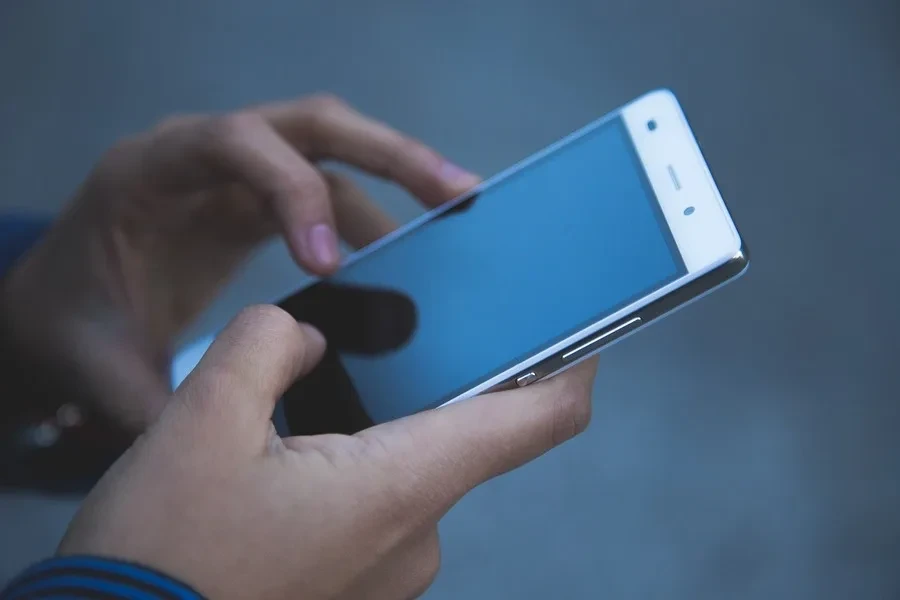
There are multiple phone screen protectors in the market. They are made from different materials and have varying features and levels of protection. Below is a breakdown of the most common types of screen protectors:
Privacy screen protectors
Privacy phone screen protectors limit the viewing angle of your screen. They ensure that only the person directly in front of the device can see its contents. This type of privacy filter is especially useful for users who require confidentiality in public or open environments.
Tempered glass
Tempered glass screen protectors are made from heat-treated glass. They offer higher durability and scratch resistance. They provide excellent protection against drops and impacts while maintaining a high level of clarity and touch sensitivity.
PET and TPU plastic
Polyethylene terephthalate (PET) and thermoplastic polyurethane (TPU) plastic screen protectors are flexible, lightweight options. They provide standard protection against cracks and small impacts. While they do not provide the same level of impact resistance as tempered glass, they are cost-effective and ideal for users with lower protection needs.
Liquid screen protectors
Liquid screen protectors are applied directly to the device’s screen, creating an invisible, thin layer of protection. While they do not add any physical bulk, they ensure resistance to scratches. These screen protectors can be an affordable solution for users who want to maintain the device’s appearance while providing some level of protection.
Privacy screen protectors market insights
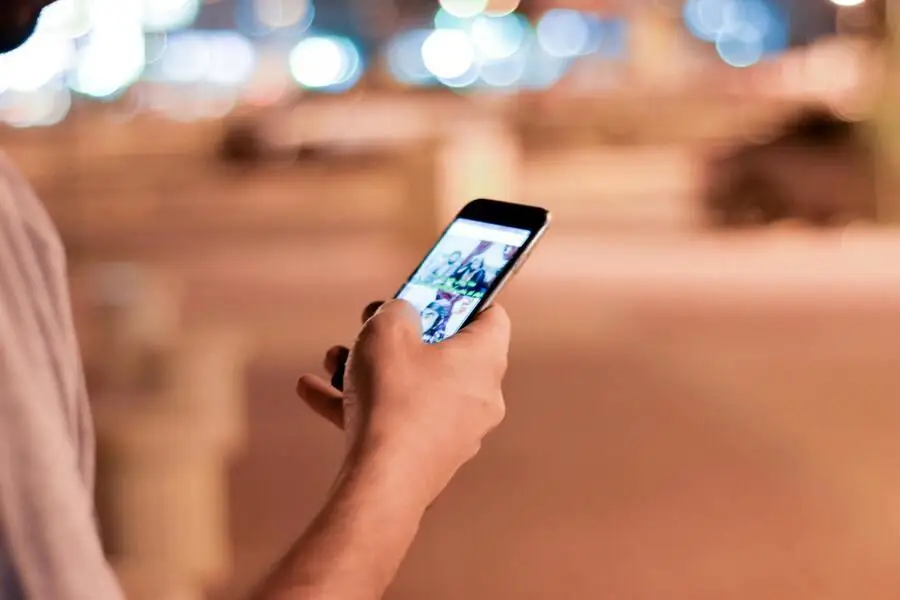
The increasing reliance on mobile devices has driven growth across the accessories market. Consequently, the global market for privacy screen protectors has grown rapidly in recent years. In 2023, these products generated approximately US$ 52.64 billion. This value will reach US $83.45 billion by the end of 2030, growing at a compound annual growth rate (CAGR) of 6.9%.
Several factors are driving this market growth, including:
- Increased awareness about data security and privacy
- Rising use of mobile devices for personal and business purposes
- Improvements in screen protector technology
Other than individual mobile users, privacy screen protectors are also used in industries that deal with sensitive information. These include healthcare, education, and finance.
How to choose privacy phone screen protectors
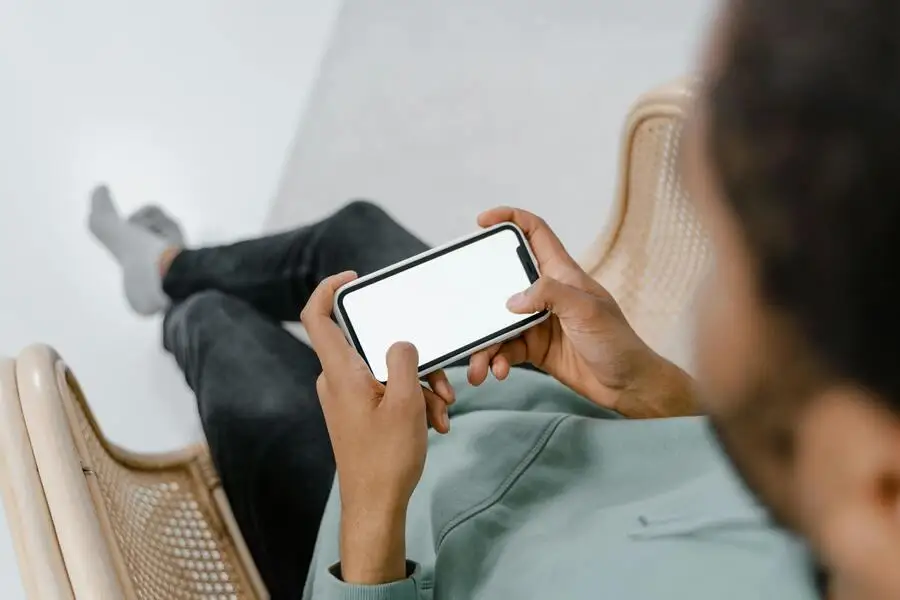
Screen size and compatibility
Each phone model has a screen protector designed to fit it perfectly. For example, protectors designed for an iPad or iPhone may differ from those of a Galaxy S. Hence, it’s crucial to ensure compatibility with your device. A protector that doesn’t match the screen size properly could result in reduced effectiveness or an unattractive finish. Always check the specifications to ensure a perfect fit for your device.
Type of material
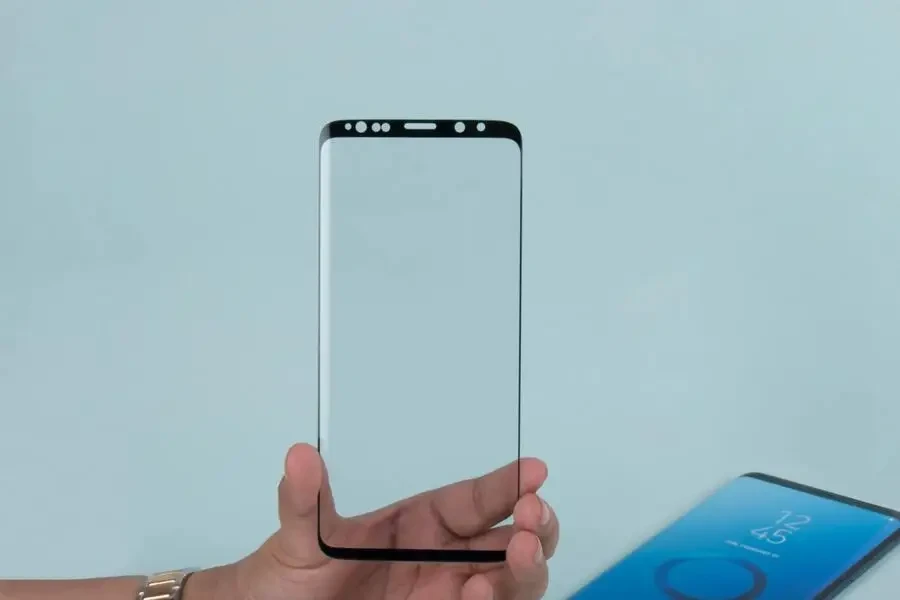
The material of the screen protector directly impacts its durability and effectiveness. Privacy screen protectors are typically made from either tempered glass or plastic (PET or TPU). Tempered glass offers superior protection against drops, broken glass, and impacts while maintaining excellent clarity. Plastic options are more flexible and cost-effective but may not provide the same level of impact resistance.
Touch sensitivity
The protector should not hinder the functionality of the touchscreen. High-quality privacy protectors are designed to maintain the touch sensitivity of the device. They ensure smooth interaction with the screen. Choosing one that provides a responsive touch experience is important to avoid frustration during use.
Installation process
Ease of installation is another important consideration. Some privacy screen protectors are self-adhesive and easy to apply without air bubbles. Others may require professional installation. An easy-to-install protector can save time and avoid unnecessary disruption to daily activities.
Level of protection
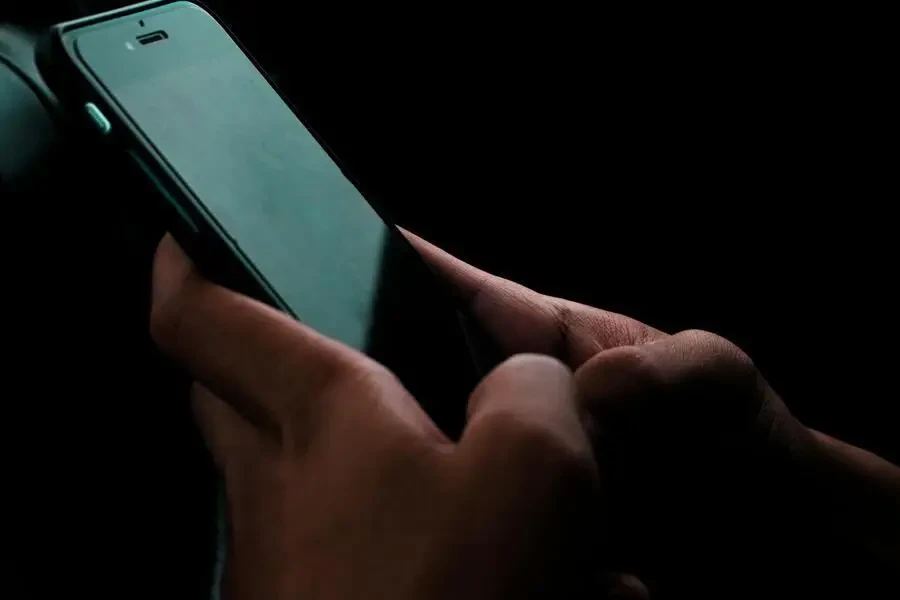
Privacy screen protectors come with different levels of protection. Some offer basic scratch resistance, while others are designed to protect against heavy impacts and falls. Users handling sensitive data or using mobile devices in high-risk environments should opt for a protector that combines privacy with superior protection against physical damage.
Anti-glare features
Users who operate in brightly lit or outdoor environments require privacy screen protectors with anti-glare features. These protectors reduce screen reflections and make it easier to view the display in various lighting conditions. This is particularly important in public places such as cafes, public transport, or outdoor spaces, where ambient light can cause significant visibility issues.
These protectors help users maintain clear visibility without straining their eyes by minimizing glare. This allows a more comfortable and efficient viewing experience.
Price and brand
Consumers have varying budgets and brand preferences when it comes to purchasing screen protectors. While some may opt for more affordable, generic brands, others may be willing to invest in premium options from well-established brands. It’s important to consider both price and brand reputation.
Well-known brands often provide better customer support, warranties, and higher-quality materials. These are essential for maintaining device security and functionality. Besides, selecting a reputable brand helps avoid potential issues with poor performance or premature wear. Ultimately, this saves time and reduces the risk of costly replacements or repairs.
Final takeaway
The demand for privacy phone screen protectors has surged in recent years as users become more conscious of the need to protect confidential information. People are increasingly using mobile devices for both personal and professional purposes. Thus, protecting the data on these devices has never been more critical. This growing demand presents a valuable business opportunity to stock high-quality privacy screen protectors that meet the needs of privacy-conscious consumers.
When choosing the right protector, companies must consider factors such as material type, level of protection, touch sensitivity, and screen compatibility. Features like anti-glare protection and easy installation can further enhance the user experience. Staying informed about these considerations empowers businesses to make the best decision when it comes to choosing screen protectors their buyers will love.
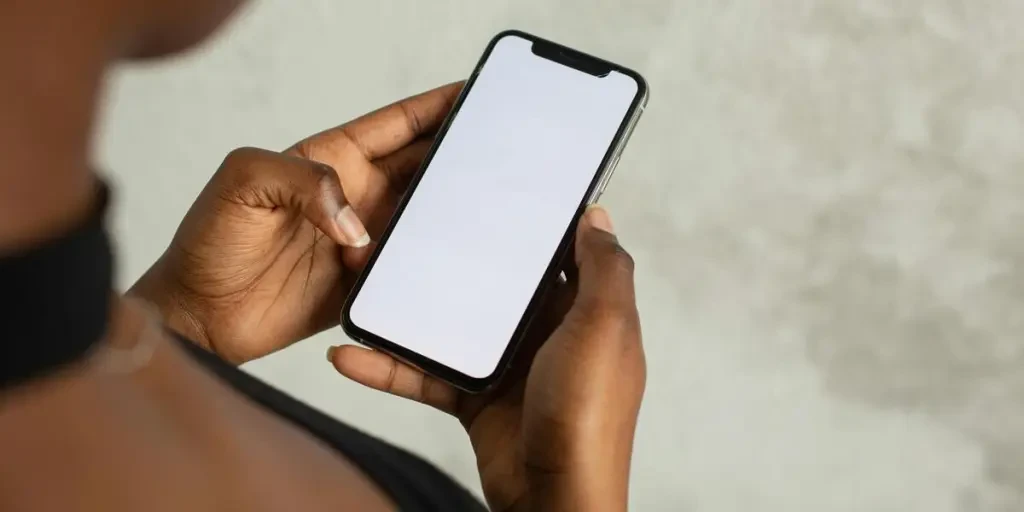
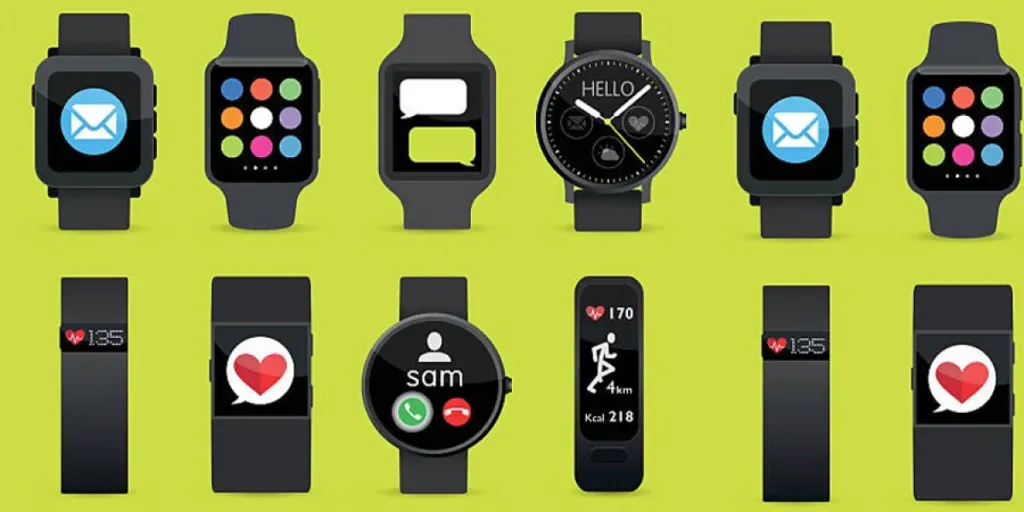
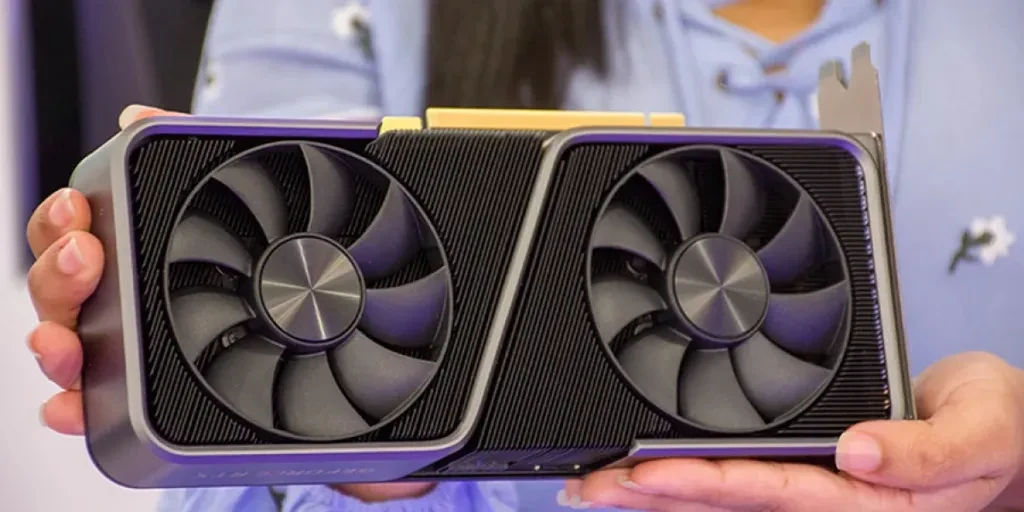
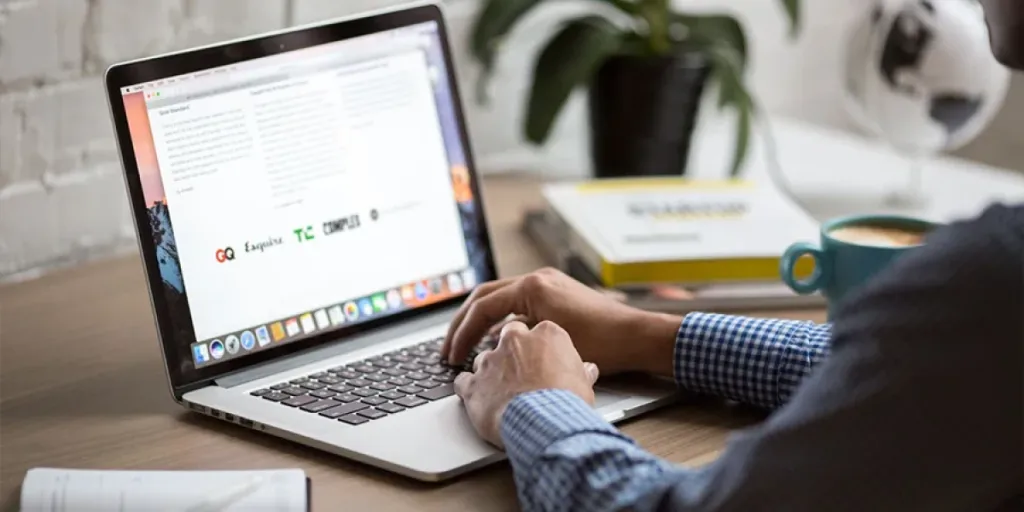
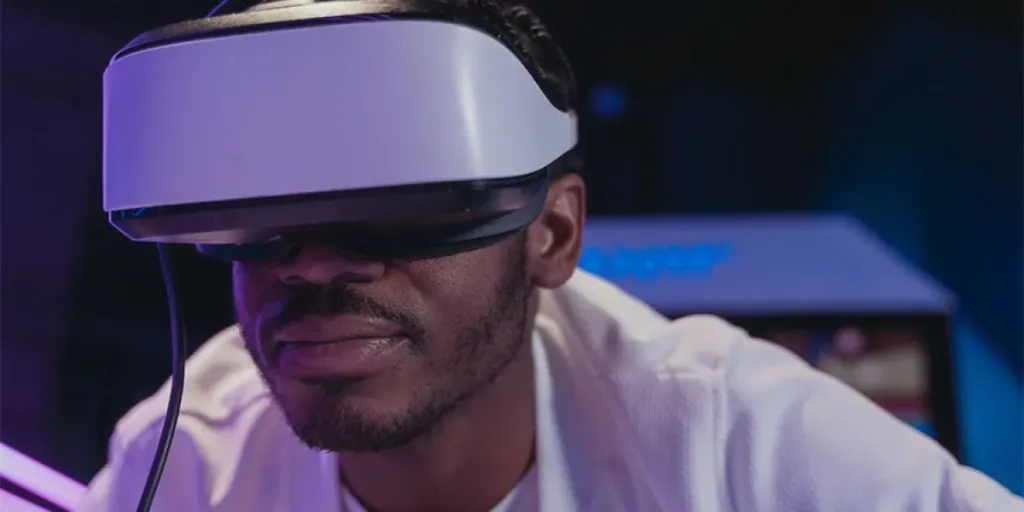
 বাংলা
বাংলা Nederlands
Nederlands English
English Français
Français Deutsch
Deutsch हिन्दी
हिन्दी Bahasa Indonesia
Bahasa Indonesia Italiano
Italiano 日本語
日本語 한국어
한국어 Bahasa Melayu
Bahasa Melayu മലയാളം
മലയാളം پښتو
پښتو فارسی
فارسی Polski
Polski Português
Português Русский
Русский Español
Español Kiswahili
Kiswahili ไทย
ไทย Türkçe
Türkçe اردو
اردو Tiếng Việt
Tiếng Việt isiXhosa
isiXhosa Zulu
Zulu